A mandarin orange is a slightly smaller relative of the
standard orange. The tangerine and clementine are varietals of the mandarin,
much in the same way gala and fuji are apple varieties.
Mandarins originated in China, hence the name. China is by
far the largest grower and consumer in the world, with over 12 million tons
harvested each year.
Tangerines arrived in Europe in the 1800’s by way of North
Africa, where a large varietal was grown in Morocco. Exported through the port
of Tangier, the fruit became known as Tangerine.
The clementine fruit
is small and seedless and has become very popular in the US. As it is sterile
(no seeds), shoots need to be grafted onto other varietals. This varietal was
created by a French missionary in Algeria over 100 years ago. His name was
Marie-Clement Rodier.
Nutritionally, all mandarins are similar. For a 50-calorie
mandarin, you get 2 grams of fiber, and just over 2 teaspoons worth of sugar.
Each mandarin will provide half a day’s worth of vitamin C, as well as multiple
other antioxidants.
Compared to oranges, mandarins are easy to peel
and separate into individual sections. The clementine, being seedless, are a
perfect snack for young children.
Front Yard Fence (Why?)
You’ve got a property, and maybe even a front yard, back yard, or both. Nice! Now comes a tricky decision: what about fencing? Surprisingly, one of the hardest choices to make about the exterior of your property is how you want to enclose it. Now decide on the intended function of your fencing, be it for privacy, safety, or for the aesthetic value. What material should the fence be? What style?
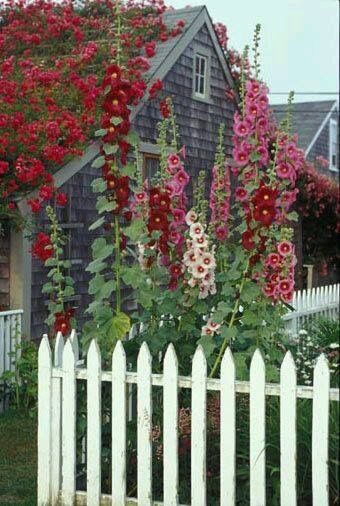
1) Why do I want a fence?
The first reason may be the most obvious—if you wish to contain anything inside your property such as kids or pets, a fence will help keep everything in. Or, perhaps you want to increase privacy—nothing keeps prying neighbors out like a fence. Another reason might be that you are worried about security, so you might want something tall. (Check with your city’s zoning to find out the height restrictions—some require a permit for a fence above 6 feet tall.) Or, you might want to simply boost your property value and increase the visual appeal of your yard. Maybe your answer to the first question is a combination of the four reasons, but the reason you want a fence will determine your next steps.
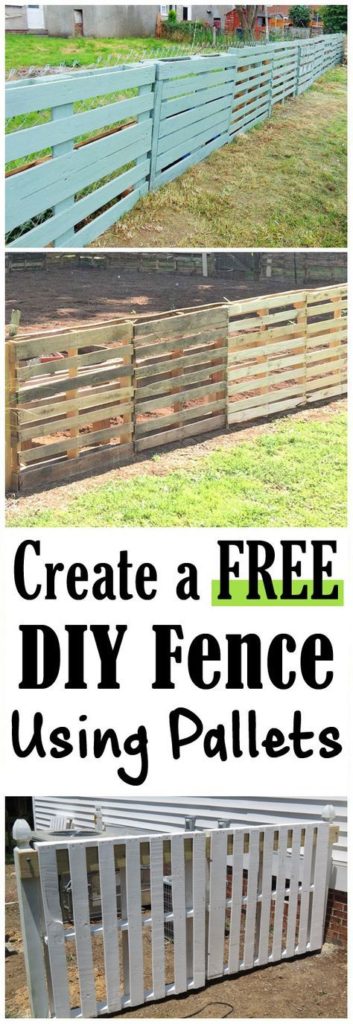
2) What material should I use?
If you’re wishing to contain anything inside your property, then you can use any material, but wire is the most durable. Make sure that you pay attention to containment considerations, though. If you’re trying to keep a pet in, for example, consider that they might dig or jump. Mine could jump 6 feet in his younger years.
Further, if you’d like to increase privacy, wooden fences work best. Wooden fences provide the slimmest picket width and spacing, so their slats or boards are tight together and provide maximum privacy. You could build the fence with half of the panels on one side and the other half on the other providing some air flow. Lattice panels do not. Vinyl fence also will work, however, are not as strong as wood.
Lastly, for those looking for decorative fences, picket fences and aluminum fences can give the yards classy, expansive looks. Embellishing your fence with lattices or ornamental designs can add a lot to your home’s curb appeal!
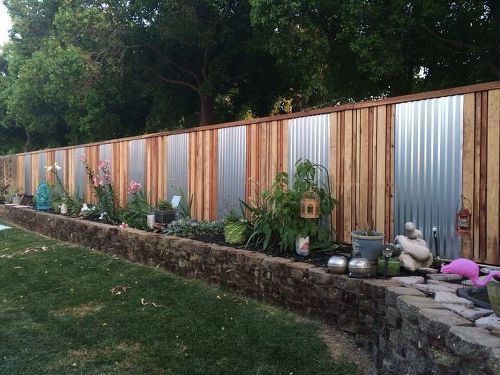
3) How much time do I want to spend on maintenance?
If you don’t want to spend very much time on maintenance, then consider an aluminum or vinyl fence, as they require minimal upkeep. However, one downside to aluminum or vinyl fences is that they are difficult to repair if they become damaged or broken. If an isolated section needs to be replaced, it may be hard to find the same manufacturer or material that matches the rest of the fence.
Wooden fences require the most upkeep, as the paint should be touched-up or the wood should be stained every few years. Depending on the type of wood you pick, the fence contractor might suggest a stain in order to prevent damage from ultraviolet rays, rot, or bugs. However, wooden fences are also easily repairable, as damaged wooden slats can be swapped for new ones.
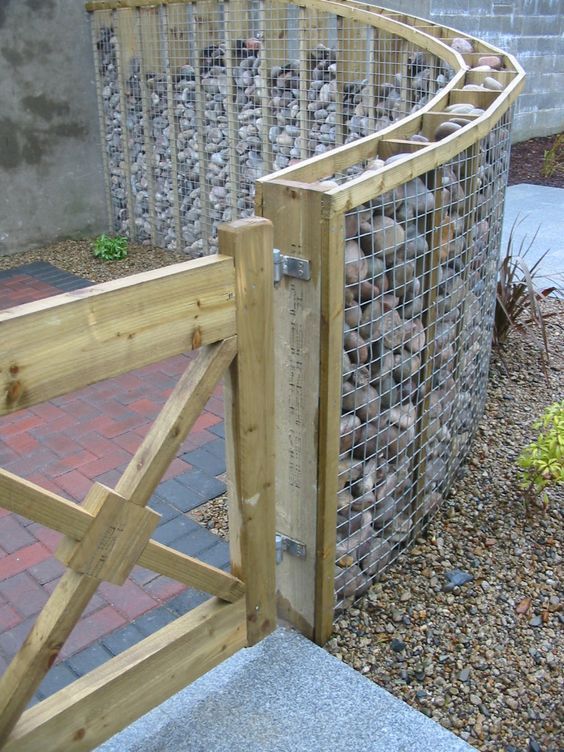
4) How much money do I want to spend?
Wood fences, the most popular material, look classic and are also moderately-priced. However, routine painting and staining costs could add up over time. Wooden fences are typically priced at about $20-$50 per foot (only $7- $10 per foot for a plain rail fence) with warranties typically lasting up to 15 years.
Vinyl fences can be constructed from only vinyl, or they could be a mix of plastic and wood. They don’t need painting, so maintenance costs are definitely lower when compared to wood. An estimate of typical cost for installation is about $20-$40 per square foot. Warranties are typically longer than wood, lasting at least 20 years.
Iron and aluminum fences are traditional and can vary extremely in style and design. You can go with a simple wrought-iron look, a tall, pointed enclosure for security, or an ornamental design. Metal fences require almost no upkeep at all. We recommend touch-ups if your fence has eroded metal or rust, however. The typical cost for installation is similar to the other options—the average cost per foot is about $25-$30. Warranties last for at least 20 years.
Wire fences, such as chain link, are the most affordable option, costing only about $10-$15 per square foot. Wire fences also require little maintenance. The warranty life is in between wood and the other materials at about 15 years.
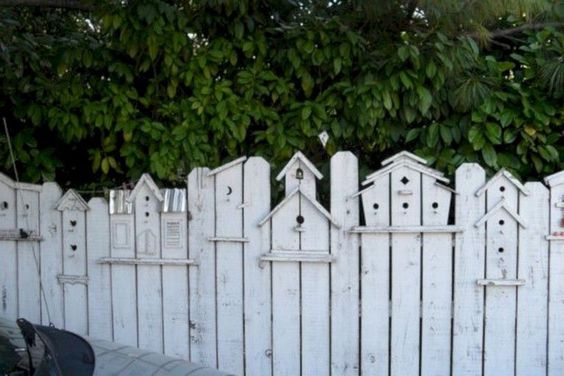
5) Do I have any neighborhood fence regulations?
The last important consideration is more about those around you. Do you have a Homeowner’s Association? Are you living in a new development or a historic district? You might have limitations on location or size, so check with your municipality’s zoning department or local officials!
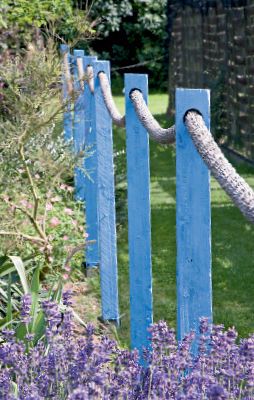
Light and Houseplants
Determining the light and houseplants you can grow can be daunting. The amount of light each plant needs varies and depends on the time of the year. So where as some plants will be quite happy with semi darkness permanently, others will only accept it for a limited time.
The easiest and cheapest light you can provide is the natural kind, which is achieved in most cases by simply putting the plant near a suitable window.
If you don’t have much window space (potentially because you’ve amassed a significant number of green leaved friends), or have no choice but to pick a darker spot you can substitute natural light with artificial instead.
North Facing Windows
Windows which face North never get sunlight coming through them. If the window is facing North East, or North West you’ll get some in the mornings / evenings especially during Summer. However even then for most of the day you’ll have the typical North facing aspect.
There isn’t anything inherently wrong with a North facing aspect providing your plant doesn’t demand partial or full sun as a lighting requirement.
Certain plants will absolutely thrive in this position, such as ivies, coleus and many orchids. North facing windows also provide the most consistent levels of light throughout the day, so if you’re looking to grow begonias, or a foliage plant this could be the best spot for them.
The rooms that these windows belong to also tend to be the coldest. Without any sunlight this natural heat source is nonexistent. This goes hand in hand however, and the majority of plants that thrive in these locations also do so because it’s cooler.
East Facing Windows
East facing windows receive very good light levels and natural sources of heat without either being extreme.
Some plants which thrive in the North facing aspect may also do well here, but it’s likely they’ll need a little shielding, perhaps with the help of a partially closed blind.
Don’t be afraid to experiment with a East facing aspect, it’s a good spot which a lot of houseplants will do well in, and others still, will adapt to.
South Facing Windows
Plants which demand full sun will thrive here, it provides optimum levels of light for photosynthesis, so growth can be pretty fast. Plants which prefer shady or a North facing aspect should only be put in this window during the Winter months when the sunlight is less intense.
With all this bright light comes heat and it’s very easy for the area to become incredibly warm, even hot.
You must take this into account when putting houseplants here, as very few can tolerate a very hot temperature with very strong light for any great length of time. It’s true that many from the cactus and succulent family will do wonderfully in this type of environment, but this is arguably a waste of a fantastic location. If you provide ventilation and some shielding a large number of other houseplants can also make use of this brilliant light space.
West Facing Windows
Like the East facing aspect, the sunlight is weaker than it would be around midday, but because the ambient temperature by this point of the day is likely to already be quite warm, overheating in these places can be a problem. Making sure ventilation is good and that the light becomes indirect. For example by hanging translucent / net curtains or closing blinds will drastically reduce overheating issues.
Great houseplants to put here are those which again love sun. These tend to be those which flower with many blooms along with almost all cacti and succulents.
Other things to consider
It’s not always about which aspect you decide to pick for your plant. There are other things which may play a part in your final decision
What’s outside the window?
Yes a South facing aspect would provide the most light, but only if it isn’t shaded by things naturally outside. For example a tree, large shrub or even man made objects such as other buildings can obstruct light.
What’s hanging inside the window?
It’s not always convenient to have open and bare windows. A lot of people would rather not be overlooked by their neighbours, and you may be worried about security if anyone walking past can see what you have inside your home.
If the window is heavily shielded, then the light dynamic will drastically change. The South facing window may become darker and cooler, meaning the location opens up to a greater variety of plants. On the other hand, heavy shielding in a East facing window may become unsuitable for plants which need some direct sunlight.
What’s on the window glass?
We all love clean shining windows and so do plants. Believe it or not, really grubby windows can act like a filter and reduce the amount of light that comes through by up to 10%. Be sure to keep them clean!
How far from the window are your plants?
If we pretend plants pushed right up against a window get 100% of the light that is coming through, then placing the plant on a table by the window might reduce this to 75%. The deeper into the room and further away from the window the plant is, the less light it will receive.
What’s around your plant
Reflective surfaces such as mirrors, or white objects near by, will bounce and reflect light around the plant more than if they weren’t there. This is a great way to maximise the amount of light in a room, especially if it’s low to start with.
[ngg src=”galleries” ids=”4″ display=”basic_thumbnail”]